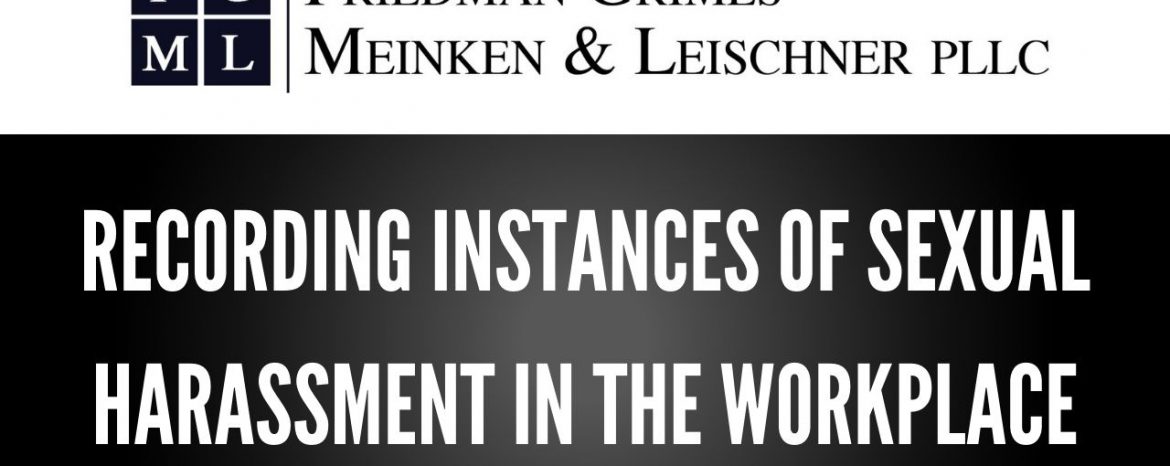While recording instances of sexual harassment at work might seem like a great way to prove inappropriate conduct, it’s important to recognize that recordings could also work against you in court. Employment law attorney Andrea Downing discusses the potential consequences of violating employer recording policies in a sexual harassment case in this week’s FAQ Friday.
Can I Record Instances of Sexual Harassment in the Workplace?
Although it’s legal in Virginia to record a conversation when you are a party to it, some employers have a policy against recording in the workplace. “That’s where recording conversations could get you into trouble at work,” explains Downing. “Particularly if employers have disciplined other employees for making recordings in the past and then they discipline you. In that case, you don’t really have a great claim of retaliation because the employer can show that they are disciplining you for something that they’ve disciplined other people for who have not complained of sexual harassment.”
Downing says if you are the only person who the employer has ever disciplined for violating the policy, recording wouldn’t be as harmful to your case. However, it still would give the employer something to use against you, which is what you want to avoid.
How Should I Document Instances of Sexual Harassment?
As Downing explained in this previous video, one of the best methods of documenting sexual harassment in the workplace is to keep a record through Word documents. “When you get home, using your personal computer, create a Word document and write up exactly what happened,” Downing explains. “Keep it factual, don’t editorialize, don’t turn it into your own personal journal. You just want a straight account of what happened.” Ultimately, the documentation can be used as evidence in a sexual harassment claim.
Avoid personal information or comments about unrelated events because the entire document will be disclosed to the company. If it keeps happening, continue documenting the incidents every day on a new Word document, which will effectively create a digital time stamp for accurate record keeping.
Related Content:
- Sexual Harassment in the Workplace
- Sexual Harassment in the Workplace Part 2
- What is Workplace Bullying & Harassment?

